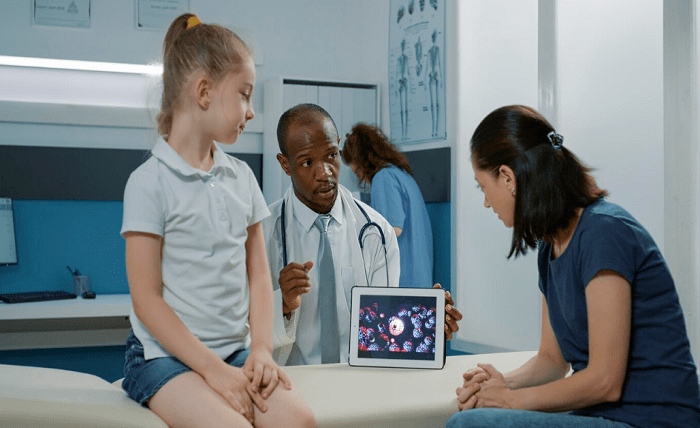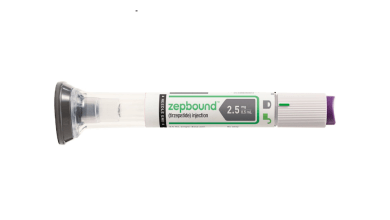
Introduction:
Digital twins are transforming the landscape of healthcare by offering a dynamic, virtual representation of a patient’s physiological and biological systems. These sophisticated models integrate real-time data, historical medical records, and predictive analytics to simulate and analyze patient-specific scenarios. By mirroring an individual’s unique health profile, digital twins provide healthcare professionals with powerful tools to predict outcomes and optimize treatment plans, paving the way for more personalized and effective care.
Improve Personalized Medicine Through Digital Twins:
“Personalized medicine has long been the goal of modern healthcare, and digital twins are a major step forward in achieving this vision. These virtual models allow clinicians to simulate various treatment options and their outcomes before implementing them in real life. By leveraging patient-specific data, digital twins help identify the most effective interventions, minimize risks, and improve the accuracy of diagnoses. For example, digital twins can model the progression of chronic conditions like diabetes or cardiovascular diseases, enabling healthcare providers to predict complications and intervene proactively. This tailored approach ensures that treatments are not only effective but also aligned with the patient’s unique needs, leading to improved health outcomes and higher patient satisfaction”. Says Allen Seavert, Chief Marketing Officer, American TMS Clinics
Revolutionizing Predictive Analytics in Healthcare:
“Predictive analytics is at the heart of digital twin technology, offering the ability to foresee potential health events and design preemptive strategies. By analyzing real-time data from wearable devices, electronic health records, and imaging studies, digital twins can identify patterns and trends that might otherwise go unnoticed. This capability is particularly valuable in critical care settings, where timely decisions can mean the difference between life and death. Digital twins can predict the likelihood of adverse events, such as sepsis or organ failure, allowing for early intervention and improved resource allocation. Furthermore, predictive analytics can support long-term planning for disease management, helping patients and providers make informed decisions about lifestyle changes and treatment options”. Says Joseph Dzierzewski, PhD, senior vice president of research and scientific affairs with the National Sleep Foundation
Optimizing Treatment Plans with Simulation Models:
“One of the most significant contributions of digital twins is their ability to simulate treatment scenarios and predict their outcomes. By modeling how a patient’s body will respond to different therapies, clinicians can fine-tune treatment plans for maximum efficacy. This approach is particularly beneficial in oncology, where digital twins can simulate tumor growth and response to chemotherapy or radiation. It is also valuable in surgical planning, where virtual models can help determine the safest and most effective approach for complex procedures. By reducing uncertainty and improving precision, digital twins enhance the quality of care and reduce the risk of complications”. Says Dr. Sylvie Stacy, chief medical officer at Rehab.com
Bridging the Gap Between Research and Clinical Practice:
“Digital twins serve as a vital bridge between cutting-edge research and practical application in healthcare. By providing a platform for testing new treatments, drugs, and devices in a virtual environment, they accelerate the translation of innovations into clinical practice. This technology also supports population health studies by enabling researchers to simulate the impact of interventions on different demographic groups. Such insights can inform public health policies, improve access to care, and address health disparities. By integrating research findings with patient-specific models, digital twins contribute to a more evidence-based and equitable healthcare system”. Says Dr. Stephen Holtsford, medical director at Recovery Centers of America St. Charles
Overcoming Challenges in Implementing Digital Twins:
“While the potential of digital twins in healthcare is immense, several challenges must be addressed to fully realize their benefits. One of the primary hurdles is the integration and standardization of diverse data sources, including wearable devices, imaging systems, and electronic health records. Ensuring data accuracy, security, and interoperability is critical for building reliable digital twin models. Additionally, the adoption of digital twin technology requires significant investment in infrastructure, training, and collaboration among stakeholders. Ethical considerations, such as patient privacy and data ownership, must also be carefully managed to maintain trust and transparency. By addressing these challenges, healthcare systems can unlock the full potential of digital twins and drive transformative change”. Says John Rumpler, clean water director for Environment America
Conclusion:
Digital twins are revolutionizing healthcare by offering a sophisticated and personalized approach to predicting patient outcomes and designing treatment plans. Through enhanced predictive analytics, optimized simulations, and the integration of cutting-edge research, this technology is reshaping the future of medicine. While challenges remain, the ongoing development and adoption of digital twins hold immense promise for improving patient care, advancing precision medicine, and creating a more efficient and equitable healthcare system. As digital twin technology continues to evolve, it is poised to become an indispensable tool in the pursuit of better health outcomes for all.




